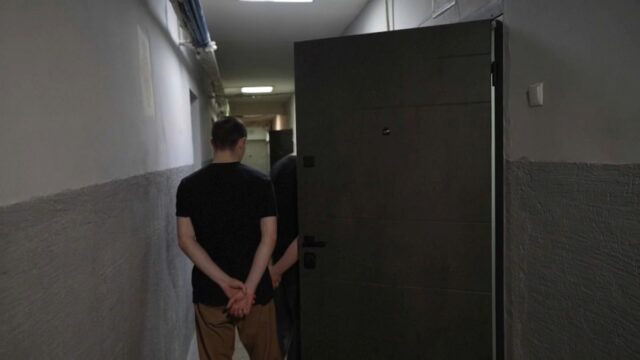In the midst of the conflict between Ukraine and Russia, stories emerge that reveal the complex reality of war. One of these stories takes us inside a detention center in Ukraine, where Russian prisoners of war (POWs) are housed.
Although the exact location of the center remains secret for security reasons, the details that emerge paint a revealing picture of the current situation. He detention centerdescribed as part of a media facility, houses dozens of prisoners of war.
The scenes observed show these men walking through the hallways with their hands behind their backs, guided by guards. This image evokes the stark reality of his situation as captives in enemy territory.
Living conditions of prisoners
Center authorities have provided information about the prisoners’ living conditions. They are supplied with a basic diet which includes a light soup with cabbage and onions.
In the words of one of the center’s managers, they are given a place to sleep:
- Mattress
- Bed sheets
- Pillow
- Manta
Y necessitieslike:
- Spoon, plate and cup
- Toothpaste and toothbrush
- Detergent powder and soap
- Clothes
In addition to food, attention has been paid to intellectual needs of prisoners. They are provided access to booksincluding works by renowned Russian writer Mikhail Bulgakov. This detail suggests an attempt to maintain some normality and mental stimulation in the midst of these extraordinary circumstances.
According to those in charge of the center, they are left walk once a day for no less than an hour and once a week they are offered a sauna.
According to facility officials, more than 300 prisoners have passed through the centersince the start of the Ukrainian raid on Kursk. A surprising fact is that 80% of these prisoners are conscripts, which sheds light on the composition of the Russian forces involved in the conflict.
Ukraine’s raid on Kursk
The mention of the Ukrainian incursion into Kursk adds crucial context to the prisoners’ situation. Ukraine has claimed that, in addition to capturing Russian territory, many soldiers showed little resistance and were taken prisoners. This claim raises questions about the morale and readiness of Russian troops in the region.
Despite the information provided, the uncertainty about the exact number of captured Russian soldiers by Ukrainian troops during the raid on Kursk. This lack of clarity highlights the nebulous nature of information in times of war and the difficulty of obtaining accurate data in the midst of the conflict that both sides will surely take advantage of in the future to negotiate a ceasefire or end to the war according to their interests.






